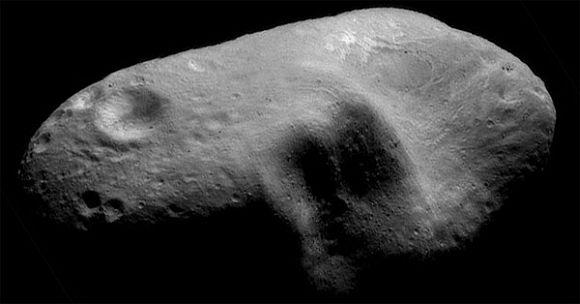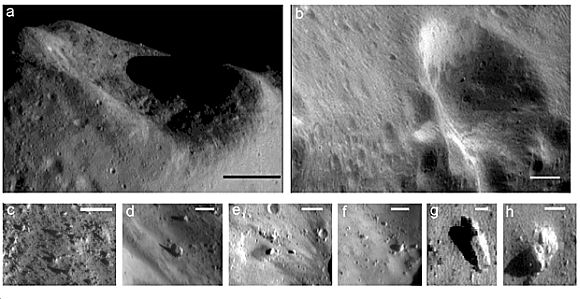 | « Back to article | Print this article |
34-km-wide asteroid flies past earth
Thirty four-km-wide Eros, the second largest near-earth asteroid, had a fly by of earth and can now be seen in the constellations Leo, Sextans and Hydra.
Asteroid 433 Eros (1898 DQ), also known as Eros, came closer to earth at 4.30 pm on Tuesday evening, Planetary Society of India Director N Raghunandan Kumar said.
The Eros passed by earth at 26,729,000 km, about 70 times the distance to the Moon, with a visual magnitude of +8.6, he said.
Click on NEXT to read further...
34-km-wide asteroid flies past earth
Eros is an S-type asteroid, signifying a composition of magnesium silicates and iron.
Amateur astronomers can spot the object in the constellation of Sextants and Hydra till February 10 after 10 pm in the eastern sky.
The last time it was close to earth was 37 years ago in 1975, he said, adding the space rock will come close to the planet next in 2056.
Click on NEXT to read further...
34-km-wide asteroid flies past earth
The object orbits sun once in every 642.9 days (1.76 year) and rotates around itself every 5 hours 16 minutes, he said.
Discovered on August 13, 1898, by Gustav Witt in Berlin and Auguste Charlois at Nice, the space rock is named after the Greek god of love, Eros.
The largest asteroid is '1036 Ganymed'.
Click on NEXT to go further...



